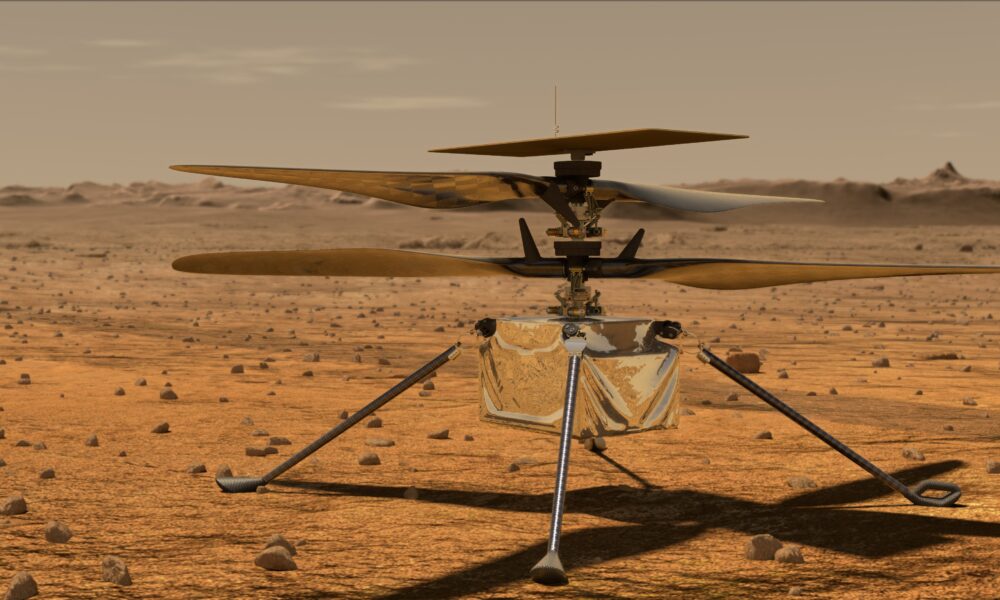Content Warning: Mention of traumatic injury.
In 2021, despite the pandemic continuing to wreak havoc on society, scientists continued to break boundaries in diverse fields of research. The McGill Tribune highlights four remarkable advances that occurred over the past year, while we were busy wondering whether the pandemic will ever come to an end.
World’s first double arm and shoulder transplant
On Jan. 13, an Icelandic man named Felix Gretarsson underwent the world’s first double arm and shoulder transplant. The 15-hour surgery took place in Lyon, France and involved medical teams from four different hospitals. In 1998, Gretarsson, 48, was working as an electrician when he mistakenly grabbed a 11,000-volt live line which projected him nine metres down onto ice, leaving him with a broken neck and shoulder, and setting both his arms on fire. More than 20 years after the accident, Gretarsson had the opportunity to undergo this high-risk, first-of-its-kind surgery. Fortunately, it was a success. Based on the approximation that nerves grow one millimetre per day on average, the doctors expected him, in the best-case scenario, to be able to move his elbows after one year, and his hands after two years. But Gretarsson is making incredible progress and has already surpassed the doctors’ predictions. According to his last update on Instagram, just nine months after the surgery, he was already able to move his right forearm and fingers.
A helicopter on Mars
On Feb. 18, NASA’s Perseverance rover landed on Mars. Its mission: To look for signs of ancient microbial life and to search for evidence of past habitability on the red planet. What’s even more special about it, however, is that the rover transported in its belly another vehicle: Ingenuity. Ingenuity is a helicopter capable of flying in Mars’s thin atmosphere that has a density of about 1.2-1.5 per cent of Earth’s atmosphere at sea level. It weighs only four pounds and has carbon-fibre blades that can spin at up to 2,400 rpm, significantly faster than a helicopter on Earth that typically spins at 225 to 550 rpm. Ingenuity was designed to fly for up to 90 seconds per flight, to distances of about 300 metres and heights of up to 4.5 metres off the ground. Its first Mars flight on Apr. 19 was a success, and so were the 17 ones thereafter. It is indeed mind-blowing to think that little more than a century after the Wright Brothers’ first flight here on Earth, humans are now flying a helicopter on a planet hundreds of millions of kilometres away.
Human-monkey hybrid embryo
A team of American and Chinese scientists managed to create human-monkey hybrid embryos for the very first time. They did so by injecting monkey embryos with human stem cells, which successfully grew into hybrid embryos. Human-animal hybrid embryos, also known as chimera, are a useful technology that can potentially be used to grow human organs for transplant. It is important to understand that developed embryos would not lead to half-human, half-animal creatures, but rather to animals with human cells in some parts of their body—for instance, in a specific organ of interest. Before the creation of the first human-monkey embryo, other human-animal hybrids such as human-cow and human-pig embryos already existed. For instance, scientists in Japan are using human-pig embryos to grow pigs with human organs that can be transplanted into a patient. The research team that created the human-monkey embryos did not intend to implant them into a monkey uterus and it is highly unlikely that these embryos will ever be used directly for organ production. However, observing crosstalk between human and monkey cells in the embryo, two very closely related species, could provide valuable information to improve the ability to fine-tune human cell migration in other human-animal hybrid embryos.
Oldest sequenced genome to date
Before 2021, the oldest DNA to have been sequenced was that of a horse bone from the Yukon Territory in Canada. Its estimated age lies somewhere between 560,000 and 780,000 years old. In 2021, evolutionary geneticist Love Dalén of the Swedish Museum of Natural History broke a record by sequencing a genome estimated to be 1.65 million years old. The sample came from mammoth teeth excavated in Siberia in the 1970s by Russian paleontologist Andrei Sher. The permafrost-preserved teeth had severely damaged and fragmented DNA, but thanks to advances in DNA sequencing technologies and bioinformatics, the DNA fragments were successfully sequenced and reordered. The sequence information indicated that the teeth belonged to a mammoth from an entirely new and previously undiscovered lineage.









